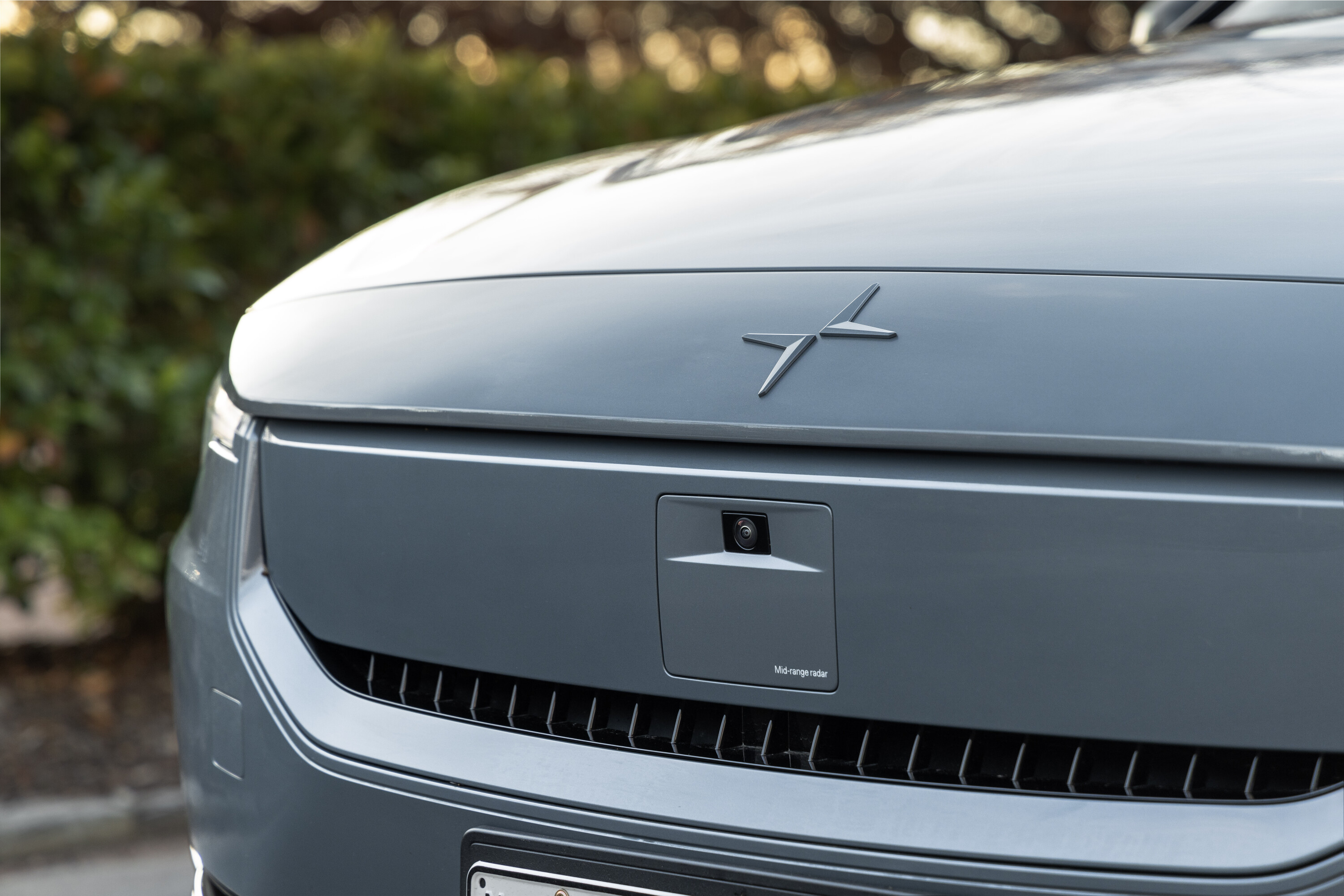Just in case you thought the Polestar 7 would be a massive flagship SUV…
Long, long ago, French carmaker Peugeot would give each successive generation in a series its own number, thus never repeating model names over the years.
Polestar has revealed it will take a similar approach to its model naming – but, where Peugeot’s model lines helped to create a hierarchy by establishing a fixed first number in a three-digit name where only the final number ever changed, Polestar won’t link size or price to its model numbers. Its model naming method will be purely chronological.
This means that while an increasing number of brands use alphanumericals to help buyers understand a model’s dimensions, position and purpose with only the slightest familiarity, a Polestar 12 could be anything from a large SUV to a third-generation successor to the original Polestar 2 – depending on life cycles and whether any other new body styles join the range in the interim.
We’ve known for sometime that a Polestar 7 is in the works, but it wasn’t until this week that the brand revealed it will effectively be the second-generation Polestar 2 – confirmed by CEO Thomas Ingenlath in an interview with the UK’s Autocar.
The 7 may end up being larger than the 2, however, with the 2’s compact interior limiting its appeal and sales potential as a price rival to the more capacious Tesla Model 3. Indeed, Ingenlath sees Polestar’s approach to model naming as a clever way of avoiding the “trap” of market expectations of what a familiar badge should represent in size, design and price.
“As much as we might build a very similar car, because it has a different number we won’t have this natural trap where we’re boxed into that concept of what the car had been,” he said.
“As nice as it is to have a ‘Golf’ category of car, it’s very limiting in terms of innovative power, because you’re always back in the box of what the ‘Golf’ should be.”
Whatever Polestar’s plans, Ingenlath isn’t saying much else. “What type of car and how we will do it, we can discuss when it’s time,” the former Volvo design boss told Autocar.
For now, we can be sure that the Polestar 7 will switch from the 2’s petrol- and diesel-shared CMA platform from Volvo, to a version of the EV-focused SEA platform that underpins the new Polestar 4 – an architecture again developed primarily by Volvo, but for all Geely group members.
The Polestar 7 is expected to enter European production in 2027 – seven years after the 2 rollout began – but it remains to be seen if Australia’s 7 will come from there or from China.
Perhaps the biggest question is whether it will have a rear window – or if, like Peugeot in 2012, Polestar will eventually settle on a number. 8 has a couple of rings to it…
The Polestar range as we know it
The small 2 was followed recently by the Polestar 3 large SUV, which is produced at Volvo’s USA plant in South Carolina and Chengdu, China. The luxury electric car will reach Australia this year.
The Polestar 4 coupe crossover is a slightly more affordable and compact companion to the 3, produced at another separate plant: Geely’s Hangzhou Bay factory in China. It’s positioned squarely to rival the newly revealed Porsche Macan EV.
Finally, the Polestar 5 large grand tourer sedan and related Polestar 6 convertible roadster will be made at the carmaker’s first dedicated factory in Chongqing, China, starting this year. The 6 will follow in 2026, launching with an LA Concept variant limited to 500 examples globally – which have all been sold out.
The Polestar 0 is also planned for release by 2030, as the brand’s first climate-neutral production car from start to finish in the circular economy.






